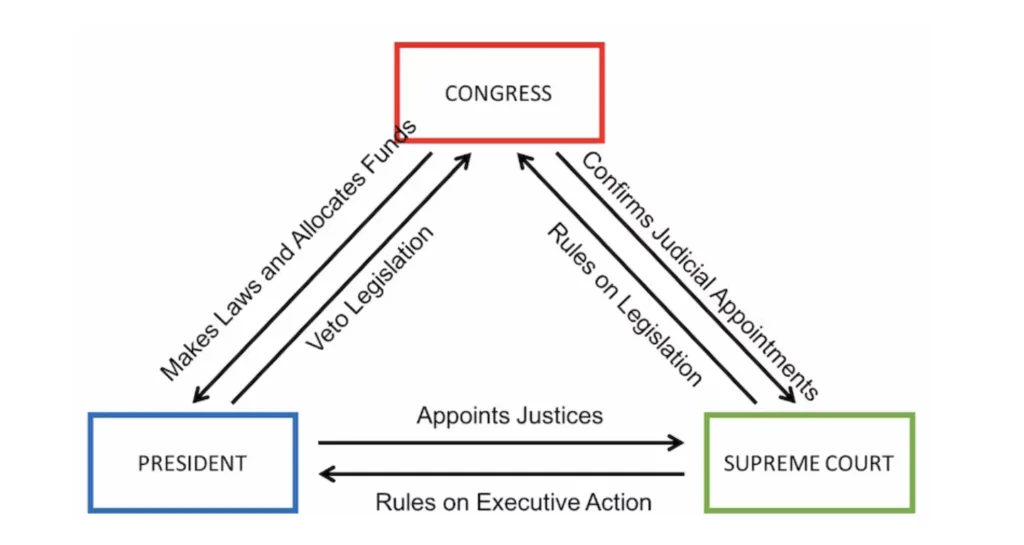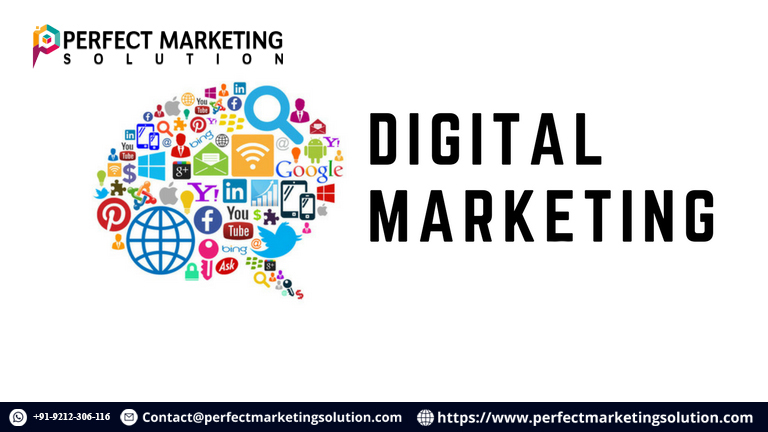Building a Scalable Payment Solution for Growing Businesses
In this article, we explore how to build a scalable payment solution tailored to the needs of growing businesses, emphasizing the significance of payment solution software development in achieving this goal.

As businesses grow and expand their operations, the demand for efficient and scalable payment solutions becomes increasingly critical. A robust payment solution not only ensures seamless financial transactions but also supports the business in managing increased transaction volumes and new markets. In this article, we explore how to build a scalable payment solution tailored to the needs of growing businesses, emphasizing the significance of payment solution software development in achieving this goal.
1. Understanding Scalability in Payment Solutions
Scalability refers to the ability of a system to handle increased workloads without compromising performance or user experience. In the context of payment solutions, scalability means managing a growing number of transactions, users, and integrations while maintaining speed, security, and reliability.
Why Scalability Matters:
-
Growth potential: Accommodates increased customer base and transaction volume.
-
Flexibility: Adapts to new business requirements and markets.
-
Cost-efficiency: Reduces the need for frequent upgrades or replacements.
2. Key Features of a Scalable Payment Solution
To support business growth effectively, a payment solution must include the following features:
a. Multi-Currency Support
-
Enables businesses to process payments in multiple currencies.
-
Facilitates global expansion and attracts international customers.
b. High Transaction Throughput
-
Handles a large volume of simultaneous transactions.
-
Prevents delays and downtime during peak usage periods.
c. Integration Capabilities
-
Seamlessly integrates with existing systems like ERP, CRM, and e-commerce platforms.
-
Supports third-party APIs for added functionality.
d. Real-Time Analytics
-
Provides insights into transaction patterns and customer behavior.
-
Helps businesses optimize their payment strategies.
e. Security and Compliance
-
Adheres to standards like PCI DSS, GDPR, and AML/KYC regulations.
-
Protects sensitive data with encryption and fraud detection measures.
3. Steps to Build a Scalable Payment Solution
Building a scalable payment solution requires a strategic approach. Below are the key steps involved:
Step 1: Define Requirements
-
Identify business goals, transaction volume projections, and customer needs.
-
Determine essential features and compliance requirements.
Step 2: Choose the Right Technology Stack
-
Select modern and scalable technologies, such as cloud-based architectures and microservices.
-
Use programming languages like Python, Java, or Node.js for backend development.
Step 3: Prioritize Security
-
Implement strong encryption protocols to protect sensitive data.
-
Use AI-powered fraud detection systems to identify and mitigate risks.
Step 4: Optimize Infrastructure
-
Leverage cloud computing for scalability and flexibility.
-
Use load balancers and distributed databases to manage high traffic.
Step 5: Ensure Seamless Integration
-
Develop APIs to connect the payment solution with external systems.
-
Test integrations thoroughly to prevent disruptions.
Step 6: Conduct Rigorous Testing
-
Perform load testing to evaluate the system’s performance under heavy workloads.
-
Conduct security testing to identify vulnerabilities.
4. The Role of Cloud Computing in Scalability
Cloud computing plays a pivotal role in building scalable payment solutions. It offers:
-
Elasticity: Adjusts resources dynamically based on demand.
-
Cost-efficiency: Reduces upfront infrastructure investments.
-
Global Accessibility: Ensures consistent performance across regions.
Popular cloud platforms like AWS, Google Cloud, and Microsoft Azure provide tools and services tailored for scalable payment solution software development.
5. Challenges in Developing Scalable Payment Solutions
While scalability offers numerous benefits, it also presents challenges:
a. High Development Costs
-
Building a scalable solution requires significant investment in technology and expertise.
-
Cost-saving measures include using open-source tools and outsourcing development to specialized companies.
b. Ensuring Compliance
-
Keeping up with changing regulations across regions can be complex.
-
Regular audits and updates are necessary to maintain compliance.
c. Managing Latency
-
High transaction volumes can lead to latency issues.
-
Solutions include optimizing code, using caching mechanisms, and deploying content delivery networks (CDNs).
d. Handling Data Security
-
Larger systems are more vulnerable to cyber threats.
-
Implementing advanced security measures is essential to safeguard data.
6. Benefits of a Scalable Payment Solution
Investing in a scalable payment solution offers long-term advantages:
a. Improved Customer Experience
-
Faster transaction processing and seamless checkout enhance user satisfaction.
b. Enhanced Business Efficiency
-
Automation of payment processes reduces manual efforts and errors.
c. Greater Market Reach
-
Multi-currency and multi-language support enable global expansion.
d. Cost Savings
-
Scalable solutions minimize the need for frequent upgrades, reducing operational costs over time.
7. Partnering with a Payment Solution Software Development Company
Collaborating with an experienced development company can simplify the process of building a scalable payment solution. These companies offer:
-
Expertise: Specialized knowledge in payment technologies and compliance.
-
Customization: Tailored solutions to meet specific business needs.
-
Support: Ongoing maintenance and updates to ensure optimal performance.
When selecting a development partner, consider their:
-
Portfolio of previous projects.
-
Experience in building scalable solutions.
-
Commitment to security and compliance.
8. Future Trends in Scalable Payment Solutions
As technology evolves, payment solutions are expected to incorporate:
a. Artificial Intelligence
-
Enhances fraud detection and predictive analytics.
b. Blockchain Technology
-
Provides secure and transparent transaction records.
c. Biometric Authentication
-
Offers advanced security with fingerprint and facial recognition.
d. Internet of Things (IoT)
-
Enables seamless payments through connected devices.
Conclusion
Building a scalable payment solution is essential for businesses aiming to grow and thrive in today’s competitive landscape. By leveraging modern technologies, prioritizing security, and partnering with a trusted payment solution software development company, businesses can create a system that meets their current needs and adapts to future demands.
A well-designed payment solution not only supports growth but also fosters customer trust and satisfaction, positioning the business for long-term success.
What's Your Reaction?





















